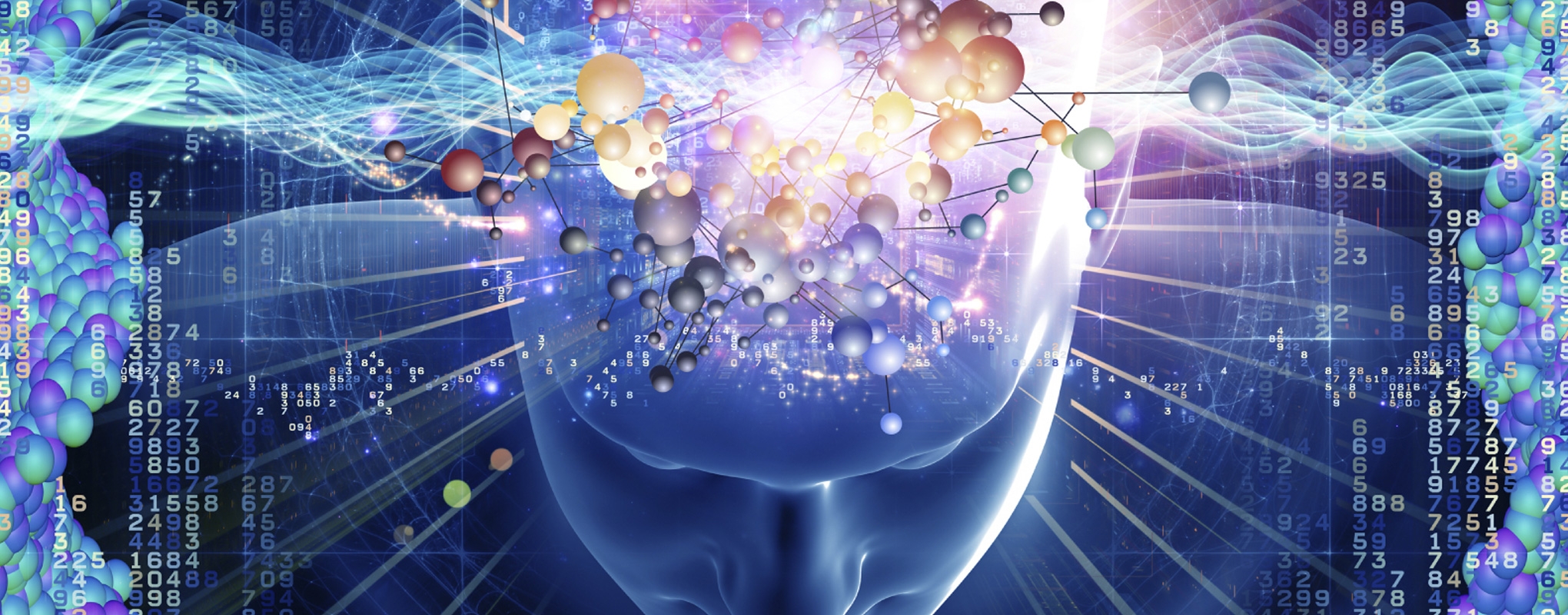So Just What the Hell Is a ‘Nootropic’ Anyway?
I bet there are more than a few visitors to the site who have never even heard of the word ‘nootropic’. It probably seems like some ridiculous, made up word, designed to bamboozle and impress at the same time. Kind of like most medical words your doctor uses, haha!
Anyway, this article is for those people; the ones who have had no previous exposure to the term or those who just want to re-affirm what they understand of the meaning of the word.
Newsflash: ‘Nootropic’ IS a made-up word. But then so are all other words. The word nootropic comes from a fusion of two words: Nous – meaning ‘mind’ or ‘understanding or ‘thought’ and the word Tropos – meaning ‘to turn towards’.
For example, plants are phototropic. They turn towards the light. Some only grow towards the light, but others actually track the sun as it moves from east to west, daily.
Interesting etymological note: Ever wondered at the Geordies/Northerners when they use the word ‘nouse’ to describe a thoughtful or intelligent person? I did. But now that I know where it comes from and what it means, I’m impressed. Who knew that the Geordies were speaking ancient Greek?
All that aside, what you, dear reader, needs to grasp, is just what a good nootropic agent can do – and what they cannot do. Managing expectations is important, because unrealistic expectations will lead to an unfulfilled reality.
Now I personally (and Wikipedia agrees with me, having just looked over their definition of a nootropic) differentiate between a true nootropic (something that boosts cognition AND protects the brain – or is at least minimally toxic) and a cognitive enhancer (something which ‘forces’ learning via stimulation, but doesn’t improve the health of the organism or in fact may be downright harmful in the long term).
Cognitive enhancers: Include things like Ritalin, Adderall, amphetamine sulphate, modafinil, etc. Basically stimulants that offer little to no neuroprotective side benefits. As you can probably tell, I’m not a big fan of these – see related artice – so that’s all I’m going to say on cognitive enhancers. Lets move onto examining the real thing.
Nootropic Agents
There is a long list of possible and actual nootropic agents, a few of which I will detail in a minute. But first, let me explain the general characteristics of a nootropic agent:
- May increase oxygen levels in the brain, with an associated increase in cerebral blood flow.
- May increase ATP (the ‘energy currency’ of the body) in the brain.
- May increase neural activity in one or more parts of the brain, usually related to higher thought or memory.
- May inhibit certain enzymes that break down neurotransmitters. This leads to higher levels of those transmitters involved in higher function.
- May directly boost levels of acetylcholine – the neurotransmitter directly responsible for higher cognitive function.
WILL have some degree of neuroprotection.
When I say ‘neuroprotection’, what do I mean? Simply that some aspect of the brain is protected in some way, against damage (either long term or short term) caused by aging, trauma or degeneration.
For example vinpocetine is a powerful neural anti-oxidant and this helps in both the short and the long-term.
Selegeline/deprenyl, doesn’t have a massive positive effect on cognitive function, but it has been shown repeatedly to extent life.
So you can see the difference between a genuine nootropic and a mere ‘cognitive enhancer’. As Wiki says “Cognitive enhancers are drugs, supplements, neutraceuticals, and functional foods that enhance concentration and memory. Nootropics are cognitive enhancers that are neuroprotective or extremely nontoxic. Nootropics are by definition cognitive enhancers, but a cognitive enhancer is not necessarily a nootropic.”
A brief run-down of some popular/common nootropics:
Vinpocetine: Increases cerebral bloodflow, oxygen and ATP. Generally upregulates cognitive function through this process. Prevents accumulation of the age-pigment lipofuscin – see related article on lipofuscin
Racetams (aniracetam, oxiracetam, etc): Increase neuronal activity in various important parts of the brain, leading to better memory formation, quicker memory recall, etc.
Bacopa Monnieri: Counteracts the memory-defeating effects of cortisol. Has powerful antioxidant effects and may inhibit the formation and accumulation of arterial plaque. Promotes CNS recovery.
Centrophenoxine: Removes lipofuscin from neurones, effectively ‘de-aging’ them to a modest degree. Encourages formation of new synapses – critical for overall brain health and performance. Replenishes acetylcholine levels.
Phosphatidylserine: Whilst not directly ‘brain active’ as such, this popular amino acid works by suppressing the effect of cortisol (second time I’ve mentioned cortisol – are you getting an idea that it is very important?) systemically in the body, which carries over to the brain.
Legality of Nootropics
Perhaps you are thinking that any substance that is so effective must be banned? Perhaps that you think you’ll get into trouble for buying these things?
Well the good news is that it is not illegal to purchase any over-the-counter nootropic. As far as this author is aware, most nootropics are not even banned in professional sports. Which is remarkable because the effect on athletes, though subtle is definitely there.
The purchase of ‘cognitive enhancers’ such as listed above is most definitely illegal AND is most definitely banned in sport.
